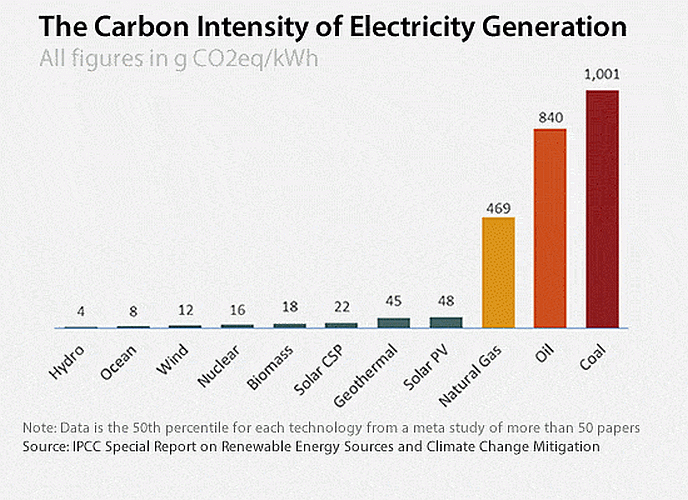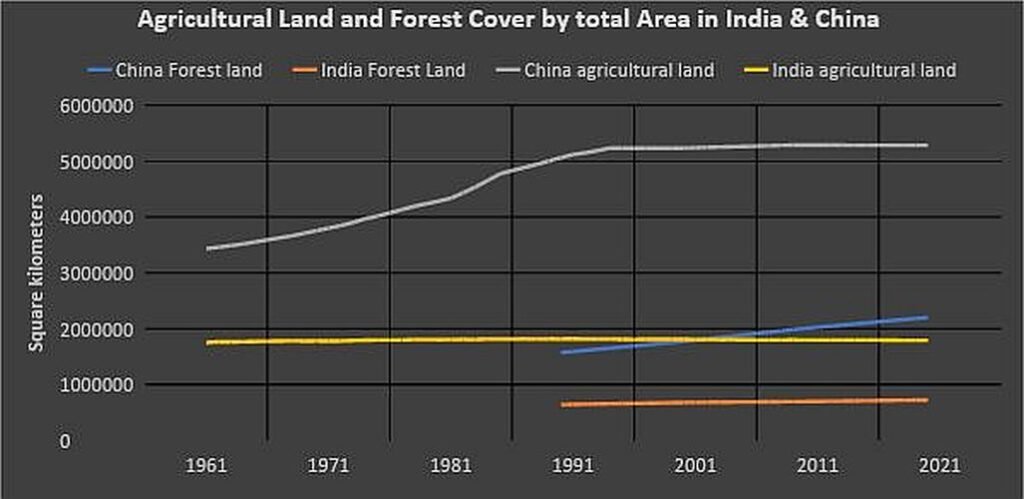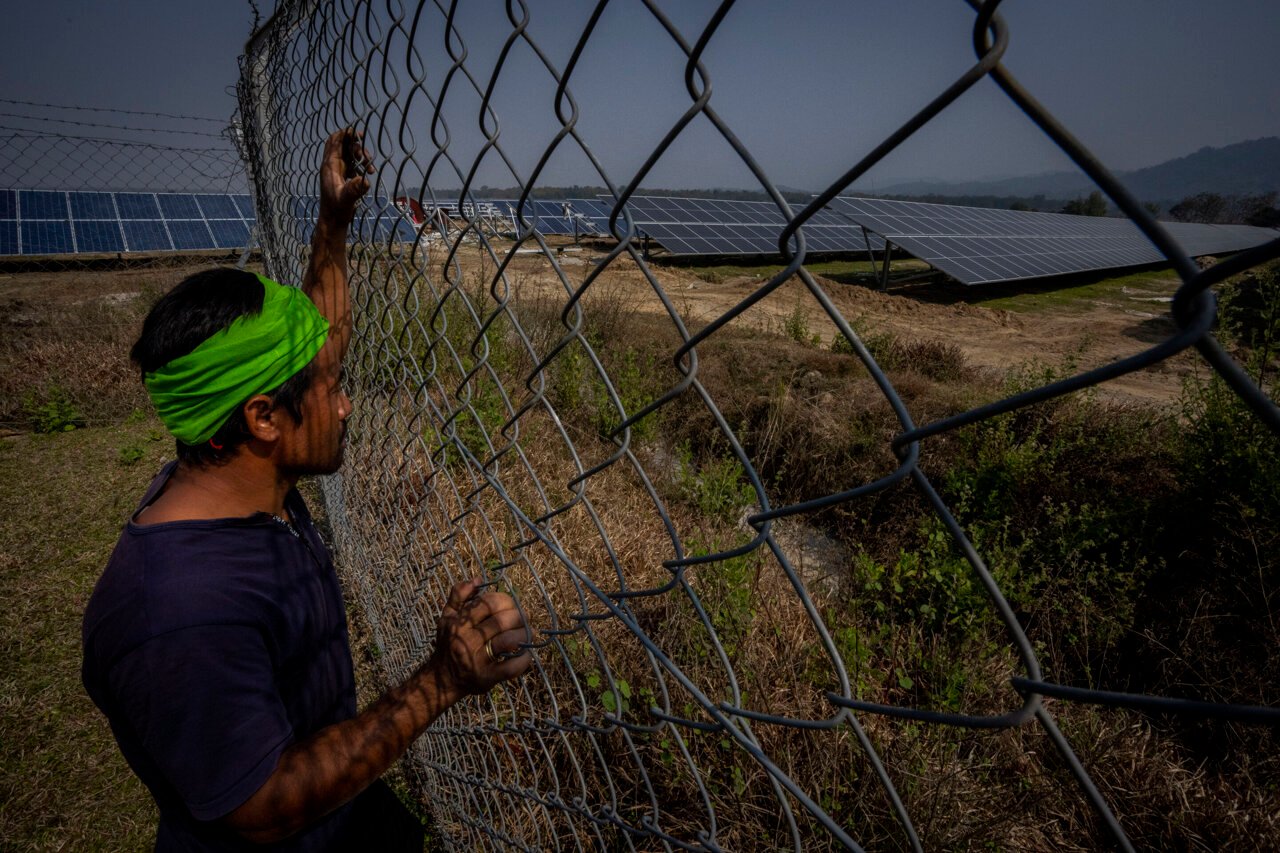Energy changes in the last hundred years were sluggish processes that were market driven which often overlooked the negative externalities of energy production and usage, such as local pollution and carbon dioxide (“carbon”).

However, the present global energy transition is predominantly driven by policy to address market failure in reducing pollution and carbon emissions. So far, the policy-driven energy shift has concentrated nearly entirely on renewable energy (RE) to reduce carbon emissions, with electricity serving as the principal carrier.
This means that the material and natural resource (primarily land) costs to generate one unit of electricity are substantially higher for RE compared to the generation of one unit of electricity from fossil fuels. This increased demand for land for RE projects has not been reconciled with land demand from India’s reforestation pledge in its updated nationally determined contribution (NDC).

According to empirical investigations, the majority of the regions in India that are conducive to sun radiation throughout the year are wasteland. However, most predictions place just 11-12 percent of solar installations in India’s deserts and arid shrublands.
Project developers dislike wasteland as well. Developing projects in wastelands raises expenses due to the difficult environment as well as a lack of supporting infrastructure. The cost of the transmission infrastructure necessary to transfer generated power to consuming centers is also increased.

However, when wasteland is utilized, the socioeconomic costs placed on small landholders, as well as the environmental costs associated with shifting agricultural land for RE projects, are reduced. A widely quoted figure for land required for India to meet the goal of 175 GW (gigawatts) of RE is 55,000 square kilometres (km2) to 125,000 km2 based on a power density of 2 MWp (megawatt peak)/km2 for wind projects and 26 MWp/km2 for solar photovoltaic projects.
The projected area is not large as it accounts for only 1-3 percent of the total surface area of the country, but it is almost 50 to 100 percent of waste land.
According to another study, for every 100 ha (hectare) of solar PV panels, 31 to 43 ha of unmanaged forest may be cleared throughout the world. The same amount of land for solar projects in India would clear 27 to 30 ha of unmanaged forest.

If this materializes, it will go against one of the less discussed NDC pledges of India which is to create an “additional carbon sink” of 2.5 to 3 billion tonnes (3 BT) of carbon dioxide equivalent (CO2eq) through new forest and tree cover by 2030.
As of today the competition for land between RE installations and forest cover may invariably favor RE installations that are backed by large industrial and economic interests. But the rush to install RE capacity could come at the expense of forest cover that could, in theory, prove to be a sink for almost all of India’s annual carbon emissions of about 3 BT.
Reference- UNFCCC report, National Geographic, Orfonline story, BP website, IPCC report, Nature






